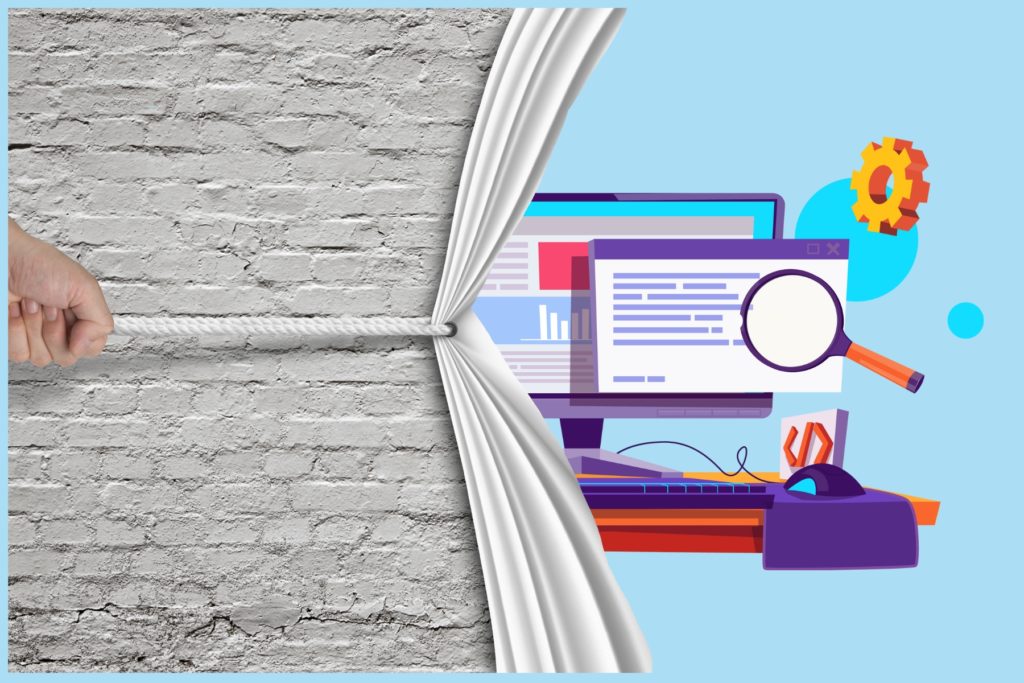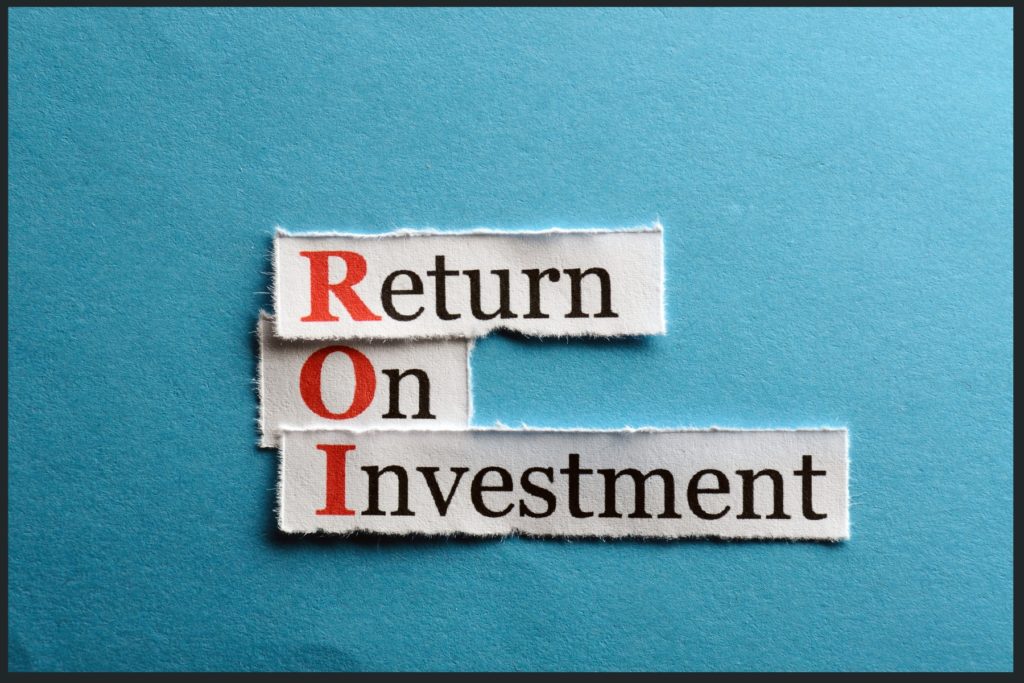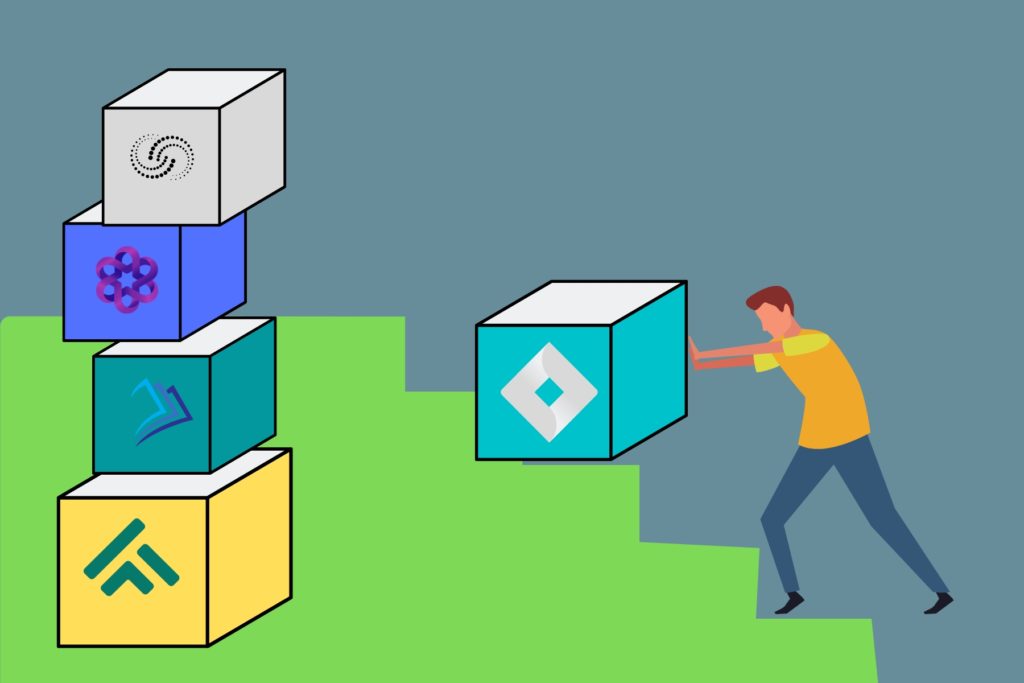As tech companies transition from a growth-at-all-costs mentality to a more sustainable, efficient growth model, bloated tech stacks have come under new scrutiny. Nice-to-have tools with low adoption have quickly been retired. Need-to-have tools have been pared down to their most essential features and a minimum number of user licenses.
So in these days of tight budgets and tech stack consolidation, LeanData sought out advice from tech stack experts: RevOps leaders. These industry pros have always been focused on efficiency — weaving people, processes and tech into a well-oiled, ROI machine.
Below, nine RevOps pros share their recommendations for ripping and replacing software in your tech stack:
1 — Clear Retirement Plans for Previous Tools
“Publish a timeline for the end of life (EOL) of your previous tool and the switchover. Include clear calls to action surrounding what employees need to do before they lose access to the previous tool like downloading images or creating redirect URLs. Have a plan for legacy information from the previous tool.”
~ Claire Gunter, Regional Sales Director, Bunny
2 — Watch for Feature and Function Overlap
“The most important piece to consider when consolidating tech stacks is feature and function overlap. Migrating from one system to another doesn’t mean that nomenclature or even capability alignment exists. I’ve seen many software rip-outs take place where the product’s full feature depth isn’t truly understood until the execution stage. Organizations must understand what the individual software accomplishes, what limitations are in place, and how to adjust your process to increase efficiencies within the new system.”
~ Max Bevan, CRO, BridgeRev
3 —Less is More
“Be solid with processes and your go-to-market GTM motion. Then build a stack around that to support those motions. Remember that less is more. Many tech stacks can get over-engineered.”
~ Matt Frost, Regional Vice President, Carabiner Group
4 — Look for Actionable Insights From Your Tools
“Many of us have data hogs in our tech stack. It’s a lot of numbers and noise and confetti, but what we really need is insight that shapes data into something actionable. We need to get visibility into what works and what doesn’t work at scale. Folks have a chance now to take a step back, look at their tech stack and figure out, am I getting insight? Am I getting it at scale? Do I have the connectivity and integration between things so that I can centralize them into a single place?”
~ Marcela Pineros, Global Head of Sales Enablement, Stripe, shared on the RevOps Podcast, Episode 54
5 — What’s the ROI?
“As a RevOps leader, I’m constantly looking at ways I can optimize our processes incrementally across the funnel using our technology, the enablement of our people, and our processes. Those three things are always in play and I’m always looking for an edge. If I can get five percent more conversion, I’ll consider ripping and replacing.”
~ Daniel Hall, VP of RevOps
6 — Document Everything
“Document everything from your previous software: processes, workflows, forms — even if you don’t think you won’t need it. You can always delete it later. If you don’t have documentation in place, take the opportunity with your new software to start documenting processes as you implement new motions.”
— Albert Li, Senior Marketing Operations Manager, LeanData
7 — Partner with a Forward-Thinking Vendor
“Each time you rip and replace you have a window to consider cost, consolidation and ecosystem. If you time the replacement wisely, a good negotiation can save cost for years. Then ask whether you’re fully updated on the landscape. Are you picking a new technology because it’s the best option now or because it was innovative five years ago? What adjacent or forward-facing capabilities could you safely fold into the same rollout with the same vendor? Last, is this a vendor looking to the future: are they co-developing with smart players and is their own product roadmap robust?”
~ Maura Ginty, Marketing Advisor and Fractional CMO
8 — Evaluate Impact on Adjacent Teams
“One of the most overlooked aspects of replacing a piece of software is the other teams and processes it’ll impact outside of the ones you are hoping to improve. For example, if you are replacing tech that makes something easier for the marketing team, make sure you understand how it’ll affect everything else. The earlier the better or you it could cost you more money, time, and effort.”
~ Heather Robinette, Revenue Operations Manager, Asite
9 — Don’t Buy Applications, Hire Them
“It’s easy to identify a problem or gap and add an application to your tech stack to “solve” the problem; after all, just look at the great results everyone else is getting. A better approach is to view adding technology, not through the lens of buying applications, but hiring them. Be sure that the business process is clearly defined so that it drives the use of the technology, rather than the tech driving the business process.”
~ Doug Davidoff, CEO, Lift Enablement and Host of The RevOps Show
It’s a Business Project, Not a Tech Project
Whether you’ve got an inefficient, unreliable system that needs replacing, or you’re looking to reduce operating costs, ripping and replacing technology should always align with business goals. Maybe your systems are not talking to each other. Perhaps tech debt is slowing your speed to lead.
Maybe your current technology does not support a digital buyer journey. Regardless of your pain points, ripping and replacing software places significant demands in time, capital, and human resources, so take advice from the pros before you jump in.











